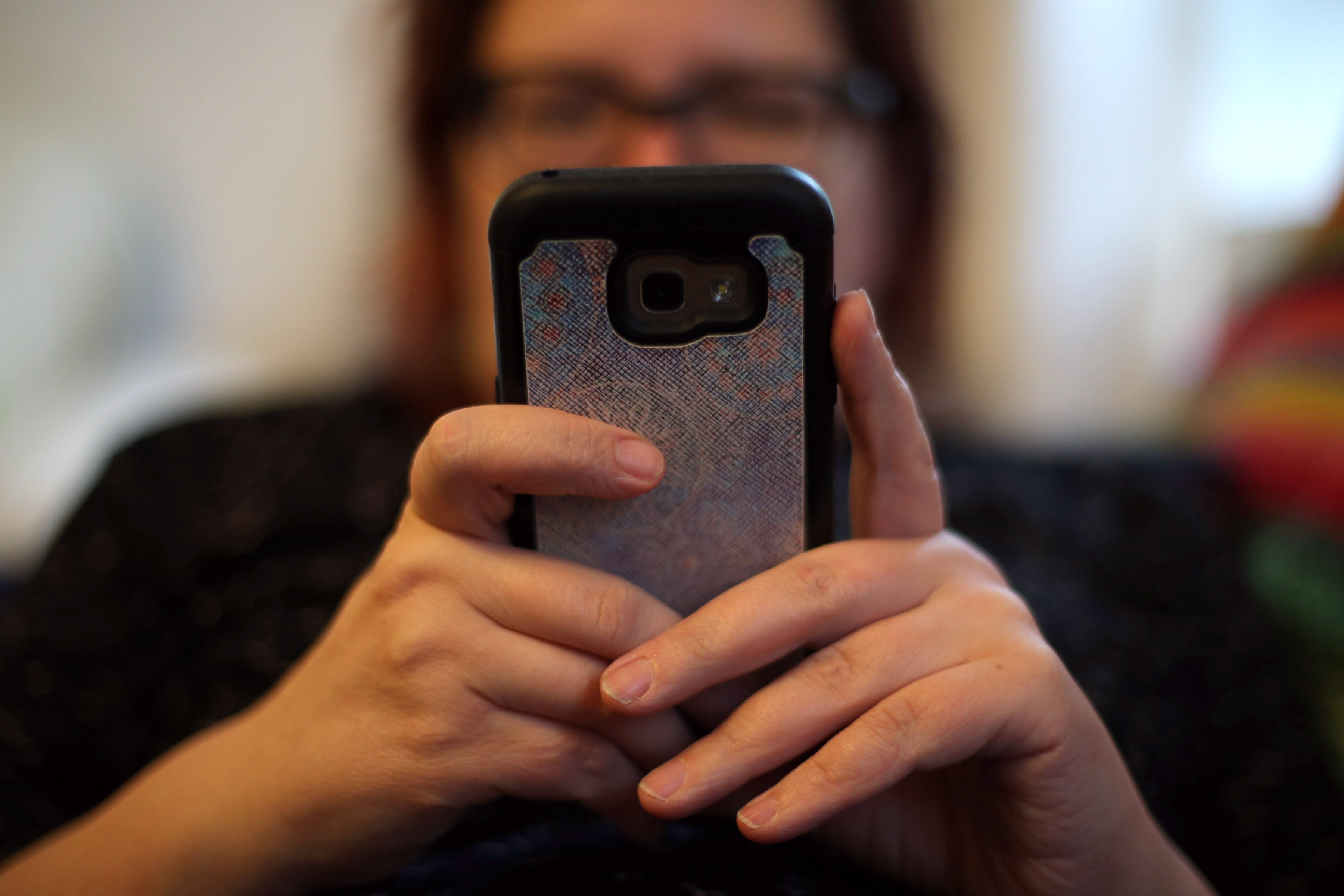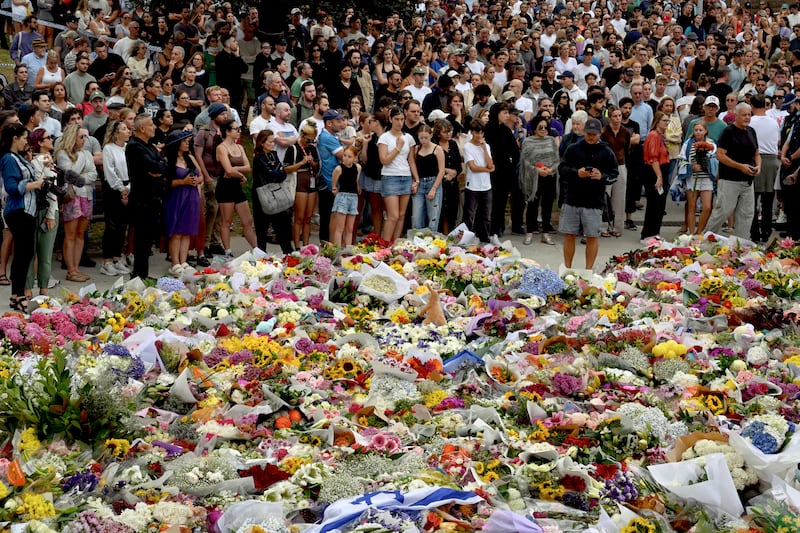How many photographs do you have on your phone? If you are a regular user of your smartphone camera – and many of us are – there is a good chance that there are a few thousand digital photos and videos sitting in your phone’s memory, and backed up to the cloud.
A straw poll of some colleagues revealed the number of photos and videos lurking on people’s phones ranged from just over 1,000 to more than 92,000, with the figure heavily influenced by the number of pets and young children people had. There are those multiple photos of party invitations from WhatsApp groups, the endless photos of homework lurking from Covid-era homeschooling to say nothing of the duplicate photographs from every family group and activity chat group your child has every attended.
While we would like to think each photo is a precious memory we need to preserve, there are plenty we could get rid of without ever missing them. The series of selfies, for example, or that blurry photo that no amount of tweaking will save.
[ How to clean up your phone’s photo library to free up spaceOpens in new window ]
Not only can you free up space on your phone by getting rid of gigabytes of unwanted digital clutter, you could also cut down on your cloud storage bill.
READ MORE
It will also make backing up and moving to a new device – something you might be considering around Christmas – a less time-consuming task. All it takes is just a few simple steps.
Step one: Identify the worst offenders
The first step in taking control of your phone and your photos is to identify the biggest space hogs. The chief offender is often video. These will take up most room on your phone, especially if you regularly shoot videos in 4K resolution; a 14-second video, for example, will take up more than 90MB of space. So if you are looking for a quick but high-impact solution to your storage issues, it makes sense to prune some of the videos you don’t need and are very unlikely to look at again.
Both iOS and Android have tools built in to their operating systems to organise your photos and videos by type, subject or location. This means you can see at a glance where you need to concentrate your clean-up efforts.
Another space sucker can be screenshots or screen recordings. These can likely be deleted en masse, but if you don’t keep a close watch, they can quickly build up. A quick check of my own phone showed more than 6,000 screenshots, most of which will have outlived their usefulness and will never be looked at again.
Step two: The clean-up
You have two options here. Use the tools built into your device to help you manage your photo storage. These are not only effective but also free of charge. Or you can go for the third-party paid option to get some extra features.
The free version can be surprisingly powerful. Apple’s Photos app, for example, will organise all your images by type, including selfies, Live Photos and portraits, while also automatically recognising receipts, handwriting and QR codes, funnelling those images into the appropriate category. You can then swipe your finger across a line of photos to select them all and then delete.
[ Google takes on Apple with new phones, tighter AI integrationOpens in new window ]
It will also merge photos for you, keeping the highest-resolution one and consigning the others to the bin.
Google Photos has similar features, and the Files app will hunt down similar photos so you can delete the duplicates easily.
The paid-for options will do all that too; some will flag blurry images or ones that are not quite duplicates but are similar enough that you might not need two copies of the same photo. But they can charge anything from 99 cent a week to a heftier monthly fee. If you do sign up, don’t forget to set a reminder to cancel the subscription when you are done.
The new generation of Artificial Intelligence could also be a useful tool in helping you to keep a handle on your photos. Apple Intelligence, which is set to be released to Irish users next April, will help you to find photos from a description or create a movie from a set of treasured family milestones. Not only will it make photos easier to find, it will also create movies and collections for you so you can access your memories quickly and easily.
Google’s Gemini is already available and offers a more powerful photo search. You can ask it to find photos of every beach you have on your account, or to hunt down images of all family pets with a few natural language questions.
Then it is just a matter of hitting delete – the time-consuming part if you need to manually review some images – and clearing out the unwanted photos and videos.
If you accidentally delete photos and want them back, don’t worry: you have time. Both Android and iOS store your photos in the bin for 30 days before permanently deleting them. You can recover the photos if needed – or you can permanently delete them yourself.
Step 3: Optimising space
Both iOS and Android allow you to optimise the storage on your phone, storing high-resolution versions of your photos and videos in the cloud so you can keep your phone working as efficiently as possible while keeping the high-res images on standby just in case they are needed.
In iOS, go to Settings>Photos and select Optimise Phone Storage. This saves space by storing the high-res version in iCloud. You can also set photos and video to capture smaller file sizes in Settings>Camera.
Step four: Maintaining order
Now that you have your photos sorted, you need to keep them that way. To prevent the situation from getting out of hand again, there are some steps you can take.
Regular maintenance: Once a week or so, set aside a few minutes to go through the photos you have taken in the past few days. Mark the ones you want to keep, and add them to an album if you want to find them easily later on – or ask your AI assistant of choice to create the albums for you. The rest can then be safely deleted from your phone and cloud storage.
Limit apps: There are some apps that will create their own albums on your phone to save images that are either sent to them, in the case of WhatsApp, or created in them, like Instagram or Snapchat. A few photos here and there won’t have too much of an impact on your device’s storage capacity, but between them all, they can take up a significant amount of space on your device.
[ The blink of an eye: Great street photography that finds magic in the mundaneOpens in new window ]
WhatsApp, for example, will save every meme, photo and video you receive by default. On a particularly active WhatsApp chat, that can add up to a lot of clutter very quickly. But you can stop the app from saving media by default. On Android, go to Settings> Chats and tap Turn off Media Visibility to turn it off for all chats; on iOS, go to Settings>Chats and turn off Save to Photos.
If you only want to turn it off for certain chats, go to the Chats tab and select the chat you want to change. Tap on the name of the chat to see the contact or group information. On Android, tap Media Visibility>No and hit OK; on iOS, tap on Save to Photos, and select Off.
Instagram will also save copies of your stories to your phone’s gallery if you allow it to. To stop saving everything – reposts of other people’s content included – to your gallery, go to Settings and Activity, scroll down to Archiving and Downloading, and uncheck Save Story to Camera Roll.
- Sign up for push alerts and have the best news, analysis and comment delivered directly to your phone
- Find The Irish Times on WhatsApp and stay up to date
- Our In The News podcast is now published daily – Find the latest episode here



















